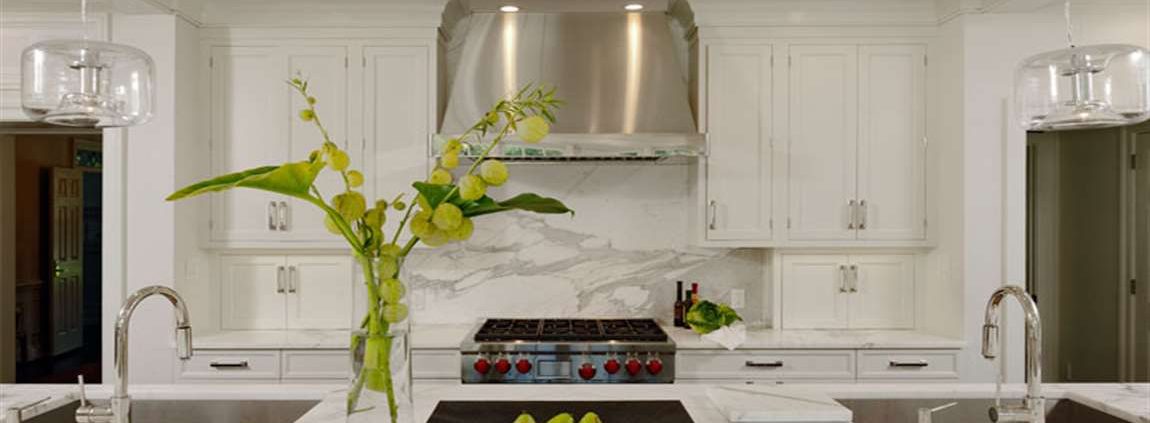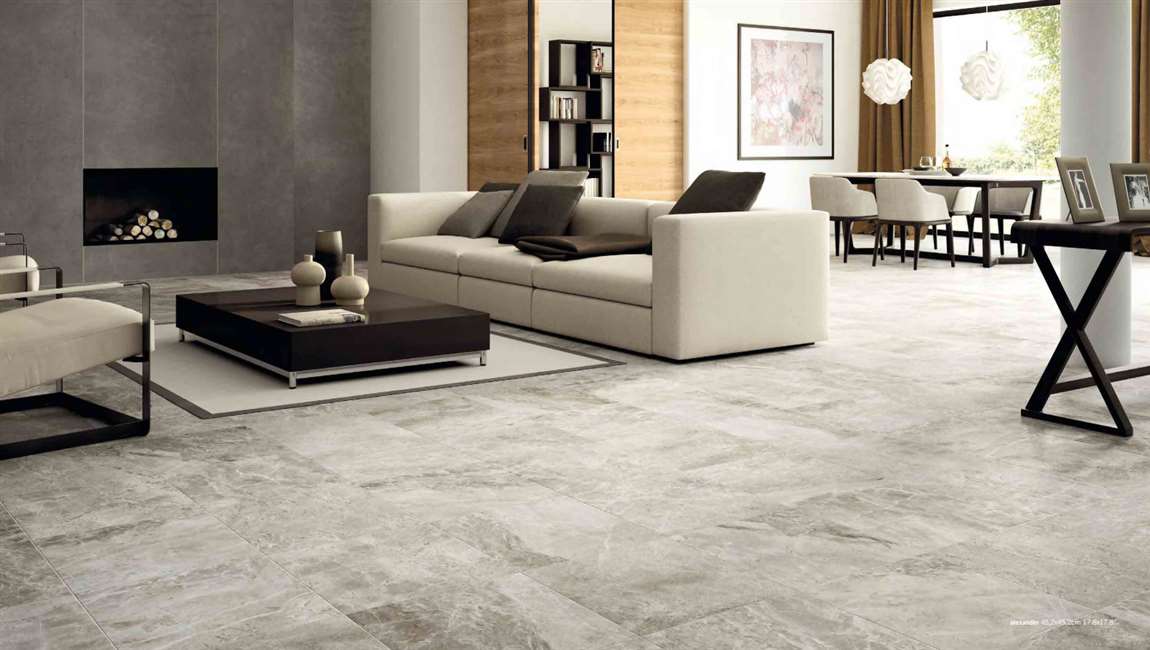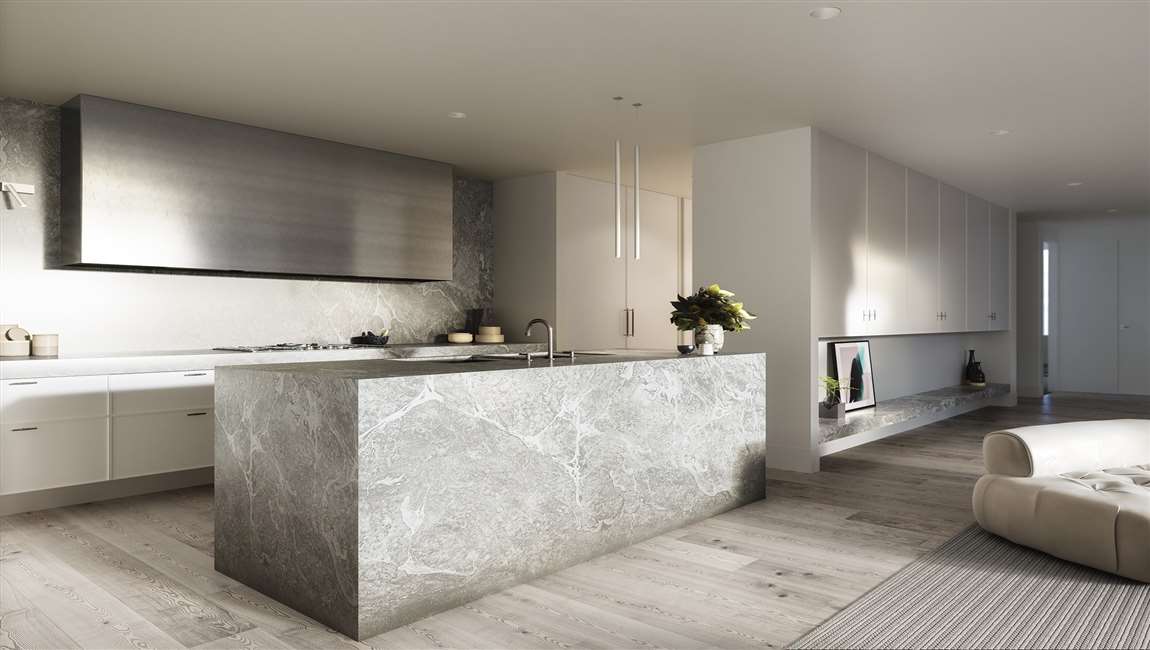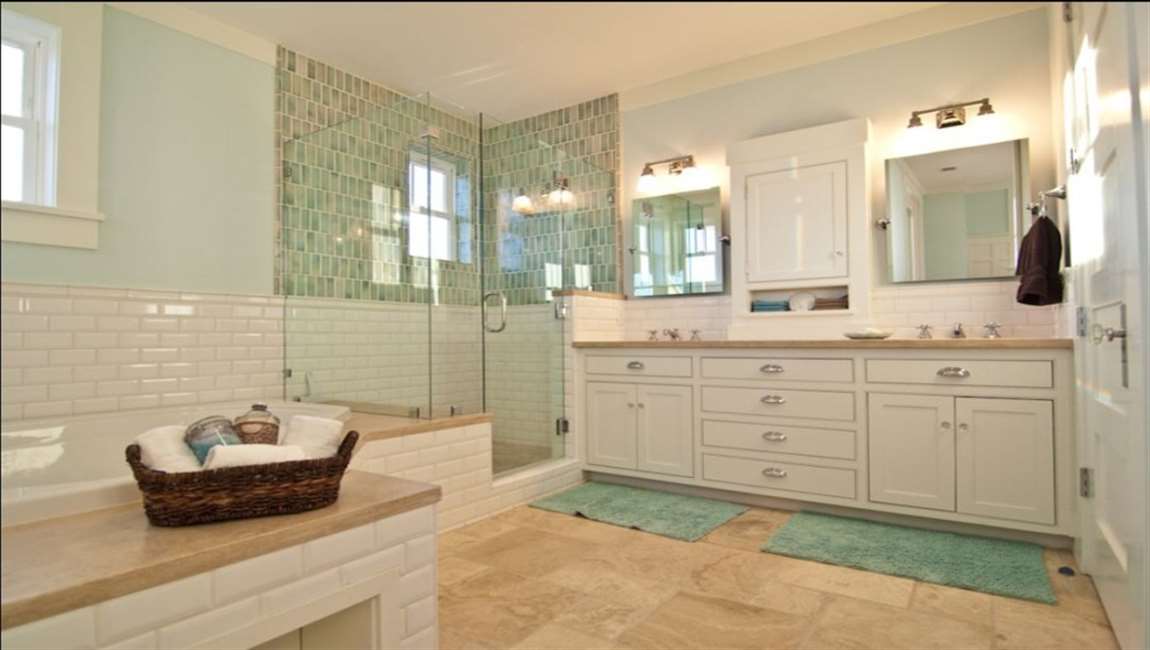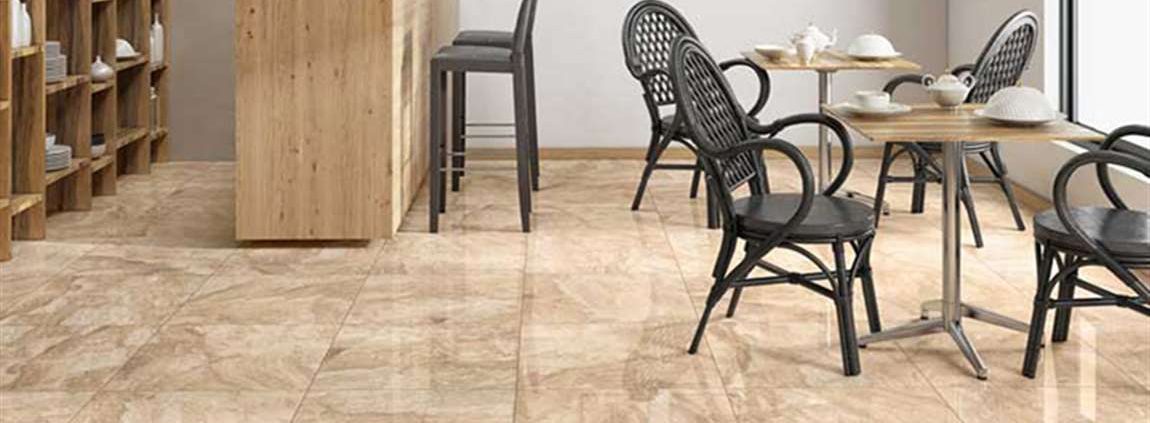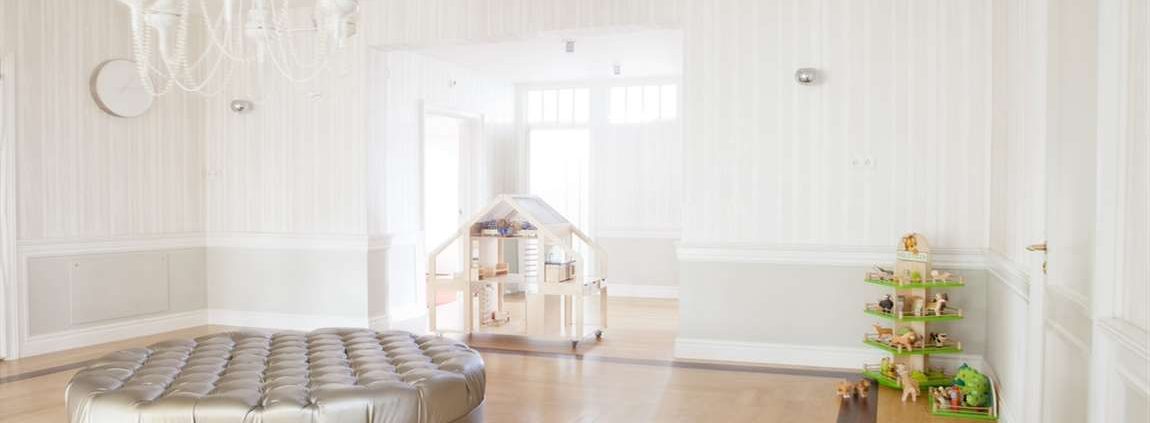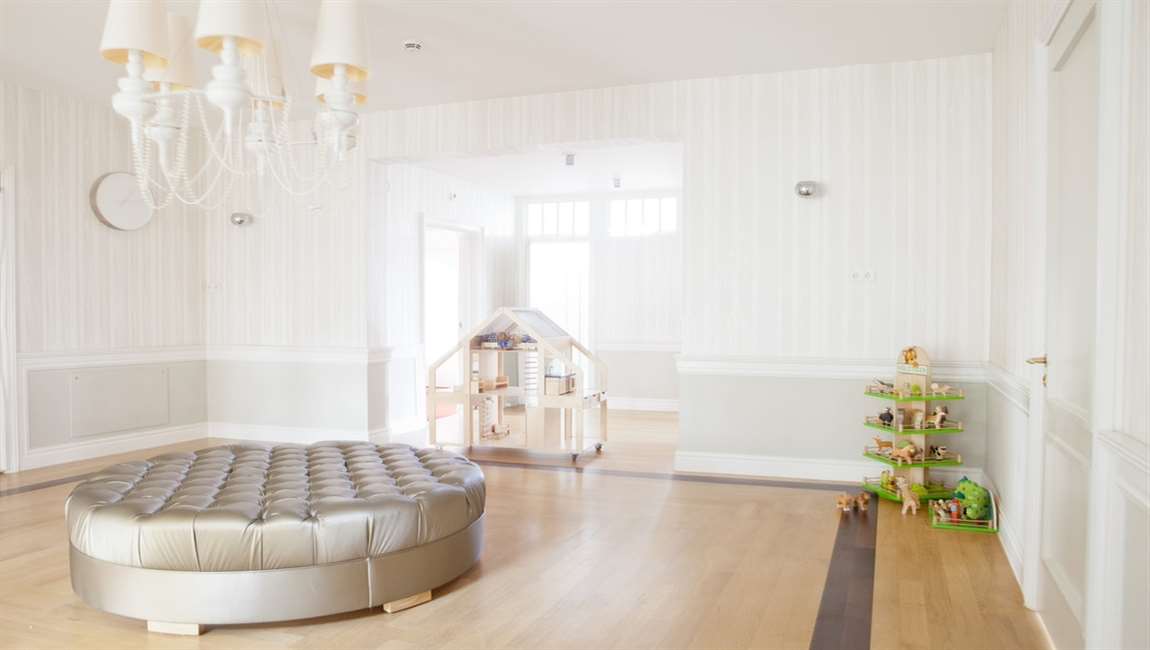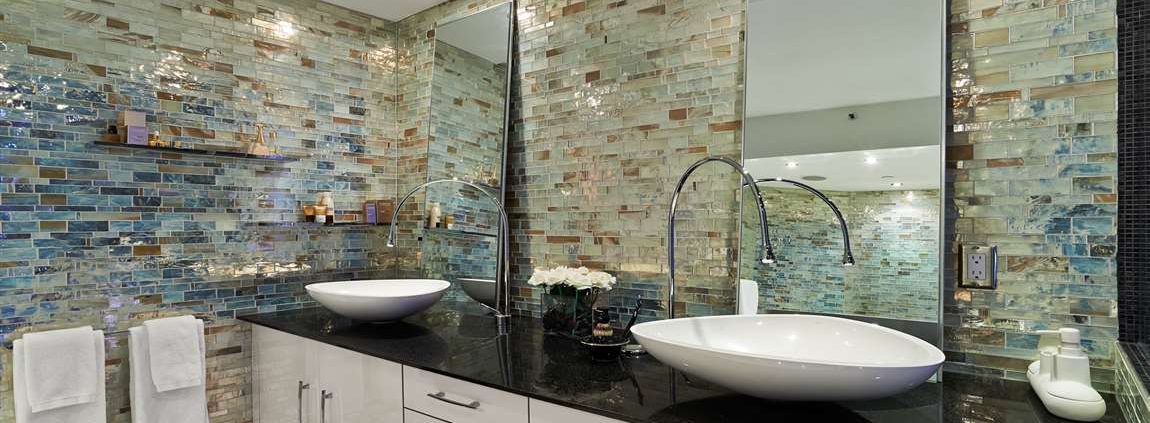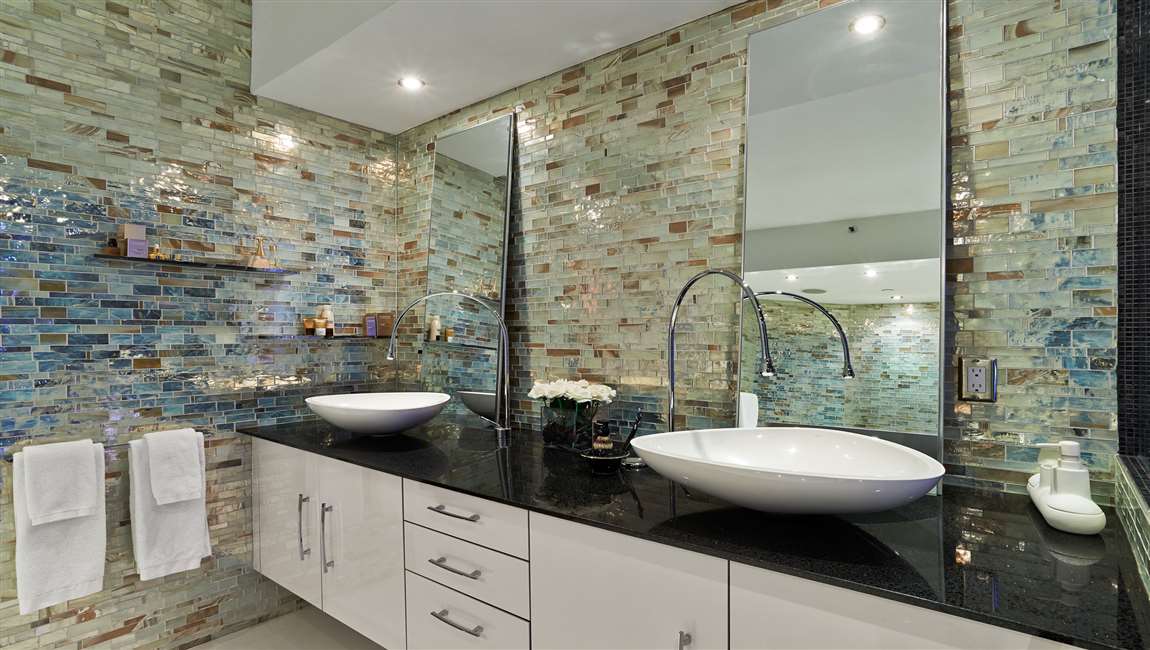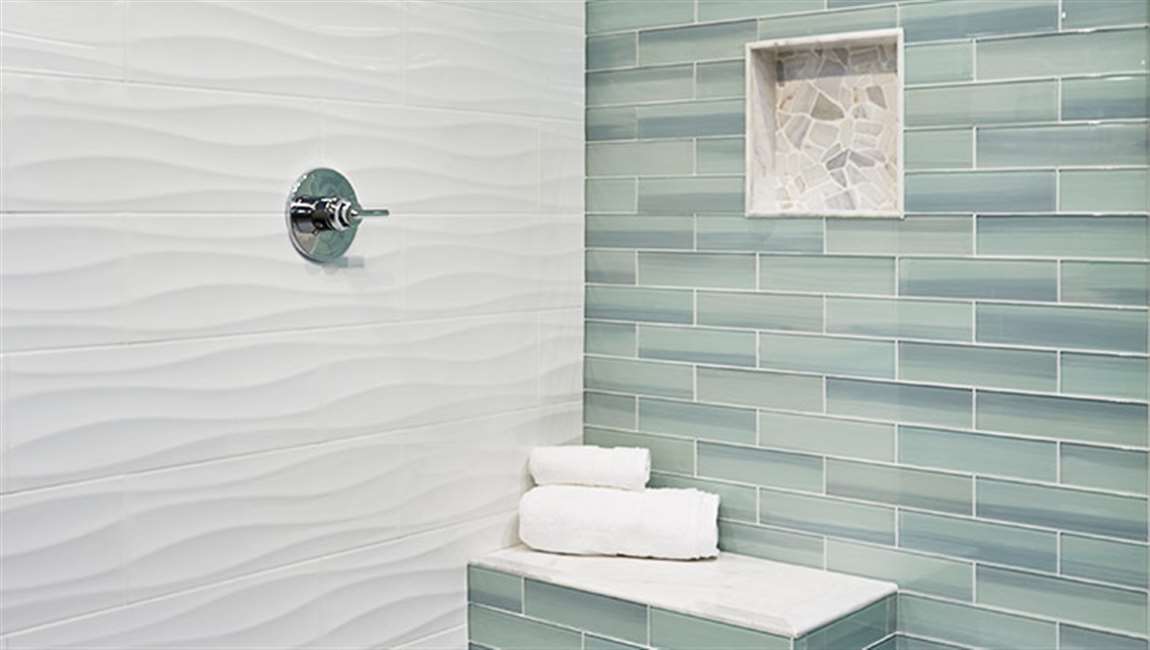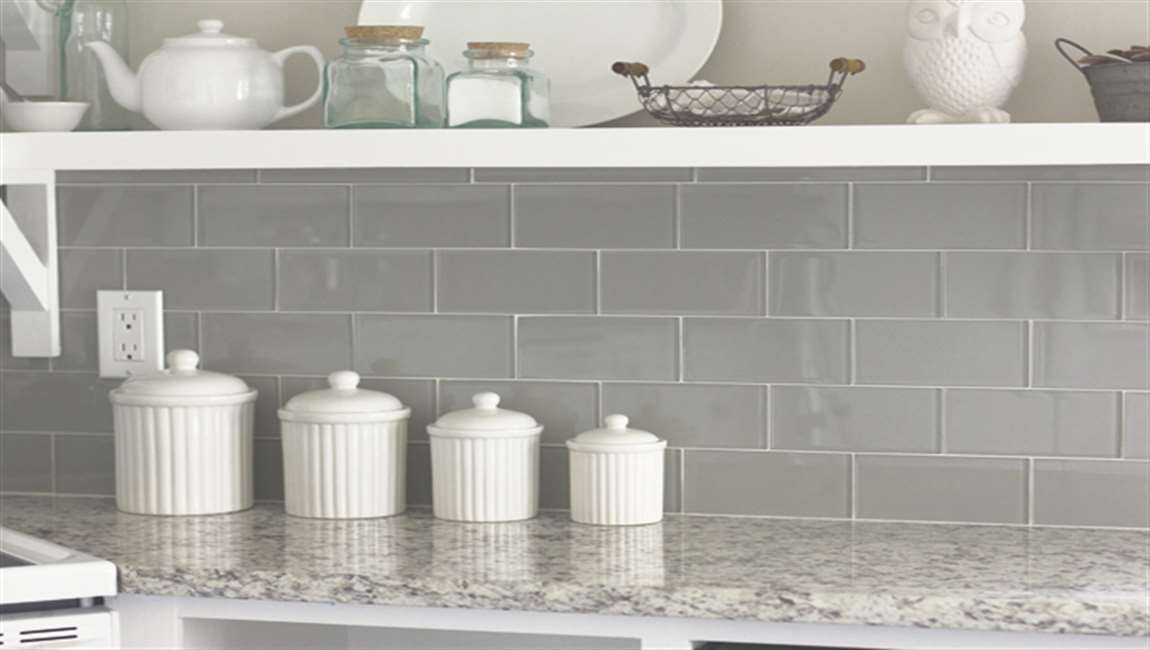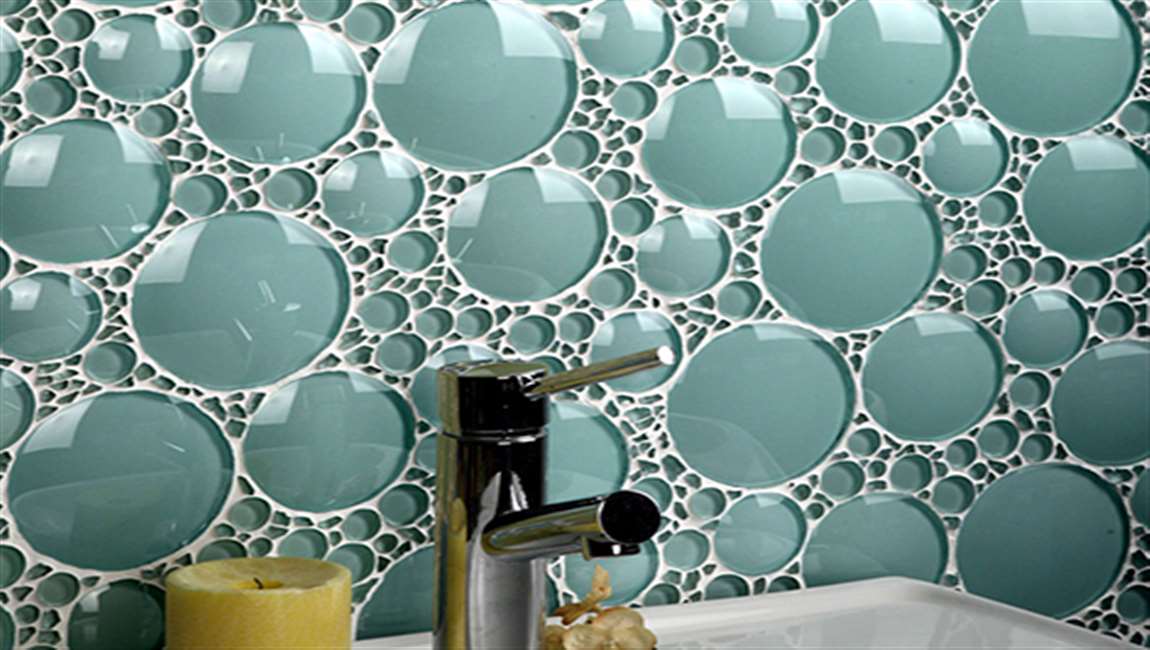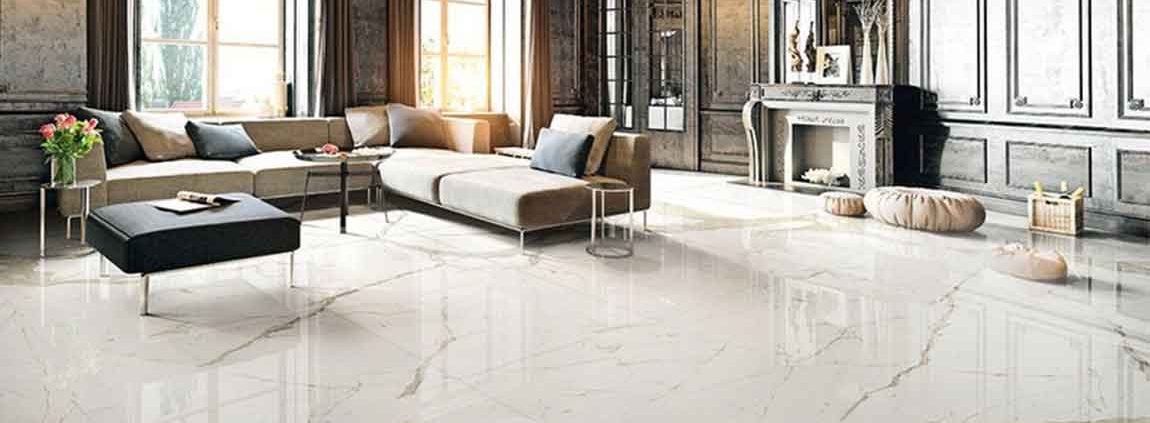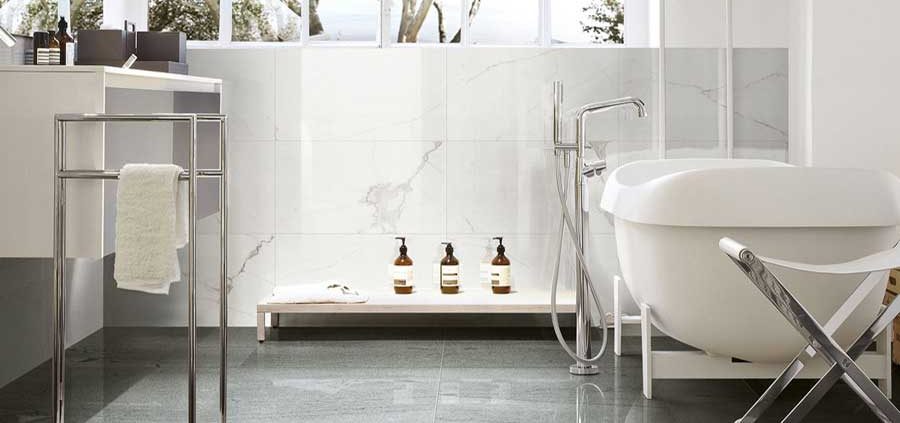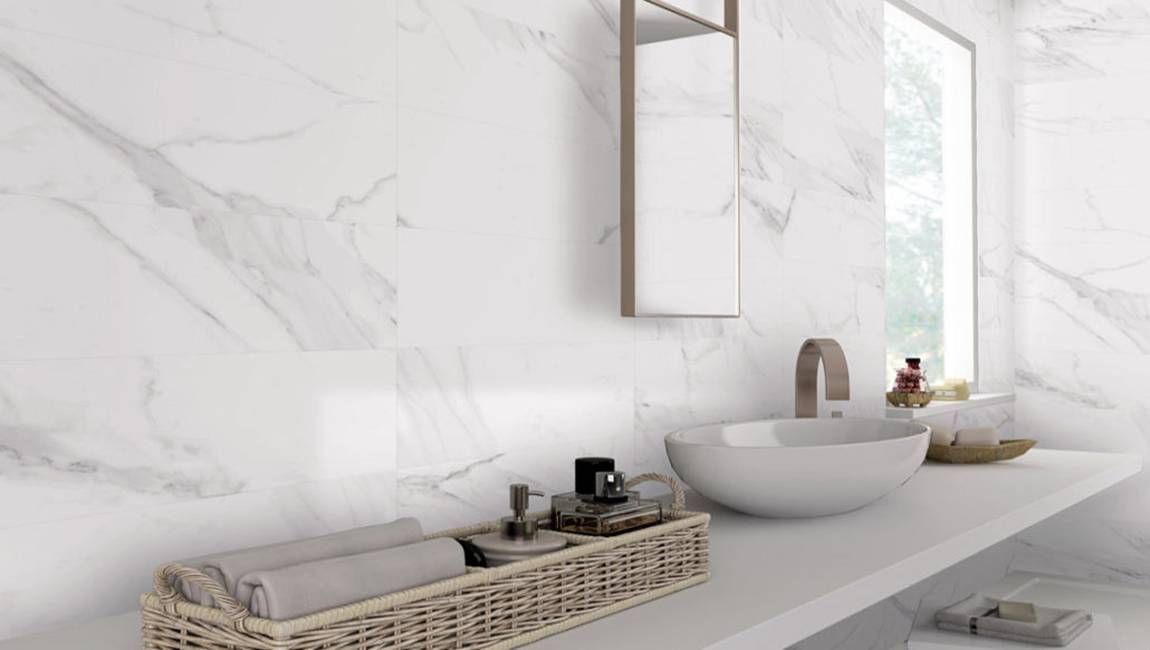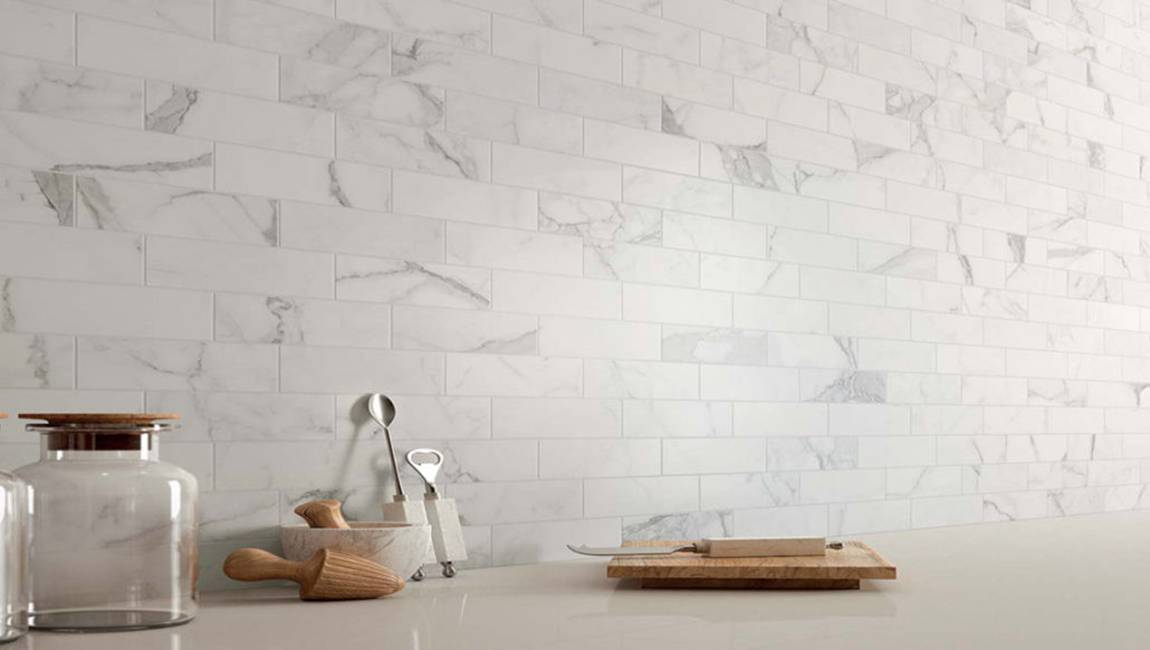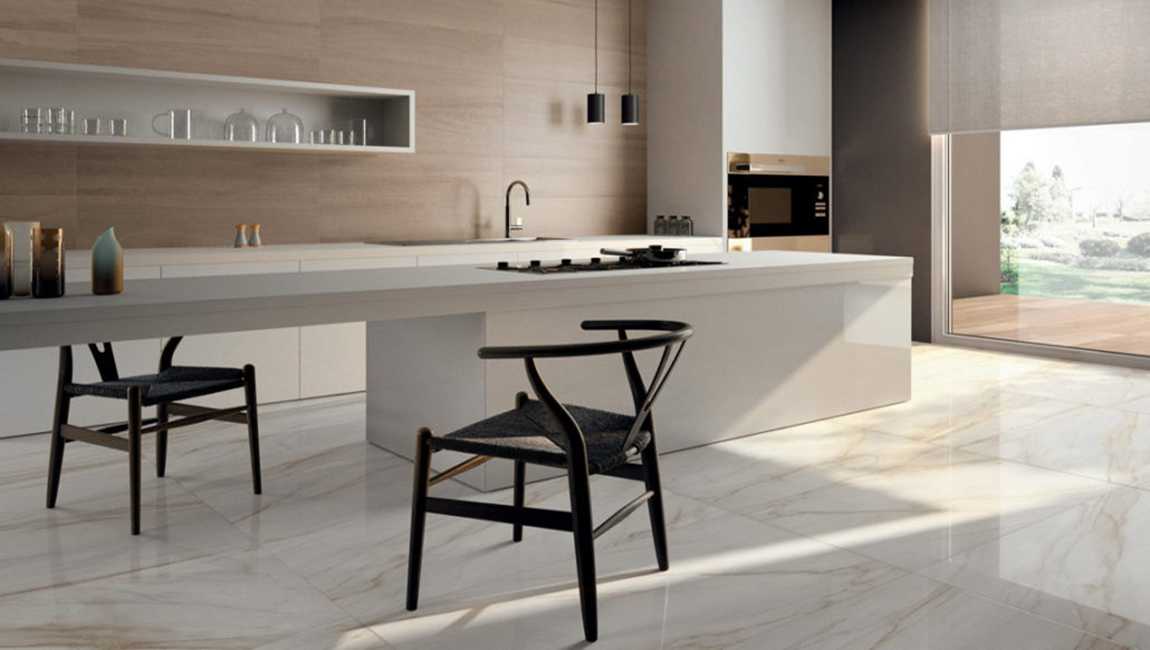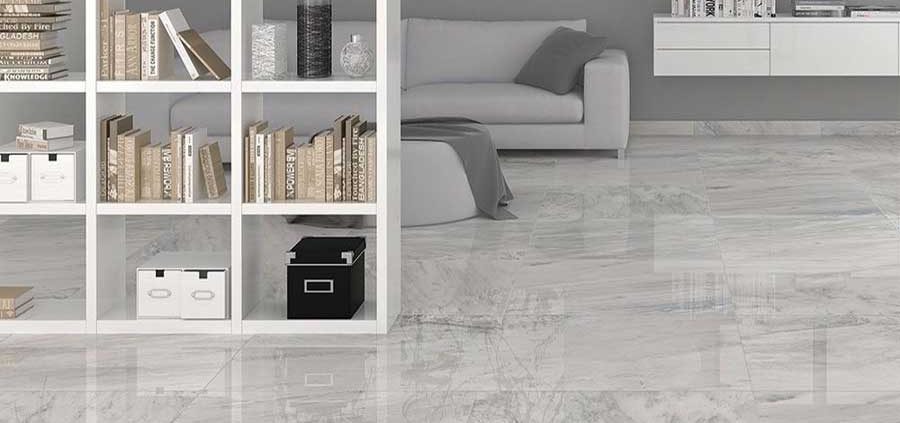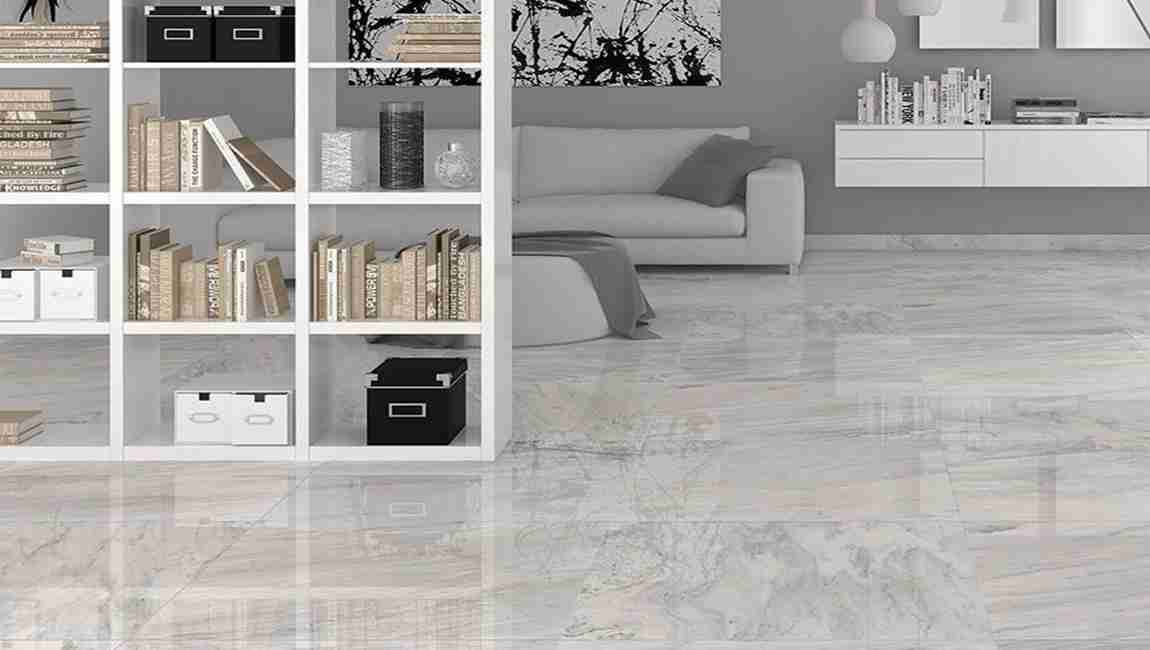How Applying the Grout to a Tile Floor?
Scoop some grout onto the tile floor with a trowel. Begin in the corner farthest from the doorway and work backwards. Spread the grout over a small joint. Hold a grout float at a 45-degree angle to the floor to press the grout into the joint. Move the grout float at a diagonal angle to the grout lines for a smooth finish. If you wipe parallel to the lines, the edge of the grout float can end up gouging out the grout.
Remove excess grout. Your floor is full of muddy grout, which isn’t a lovely sight. After applying, wait about 15 to 30 minutes for the grout in the joints to set. Then start cleaning: Fill two buckets with the water.
Dip a large grout sponge with rounded corners into the first water bucket and wring it out. Wipe in a circular motion or at a diagonal to the grout lines to remove excess grout from the surface of the bathroom tiles. Rinse the sponge in the second bucket and repeat until all grout is removed from the surface of the wood tile. Wait three hours before repeating the process again. However, don’t wait too long or you have a harder time buffing out the grout haze. Make a final pass along the grout lines with the damp sponge to make sure the grout lines are smooth.
Verify the grout color is what you want. Use a hairdryer to quickly dry this small area of grout, so you see how the color looks against the installed ceramic tile. Now is the time to make a last-minute change, as grout is nearly impossible to remove once it’s dried. Continue with grouting if you are satisfied with the color. Keep working in small areas at a time, so you can remove the excess grout before it has a chance to dry. If you have a helper, one can grout and the other can remove the excess.
Clean up the grout haze once everything is dry. No matter how effectively you cleaned the excess grout from the casstle tiles, you’re likely to have a “grout haze” covering your tiles design after your job is done. To clean up the grout haze: Use a sponge and a bucket of clean water. Rinse the sponge often. Take a dry towel or used rag and wipe at the haze until it begins to cake off. An old sock will work well: you can wear the sock on your hand while you scrub. Brush up the residue with a broom.
Wait for the grout to cure before sealing it. Read the manufacturer’s directions to determine how many days to wait. To seal grout: Crack the windows to get good ventilation in your room. Pour a small amount of sealant on the grout and work it in with a sponge, using small, circular motions. Wipe the sealant off after about 5 to 10 minutes, although the time may vary. Check the sealant label to be sure. Re-seal the grout every six months to a year if possible.







